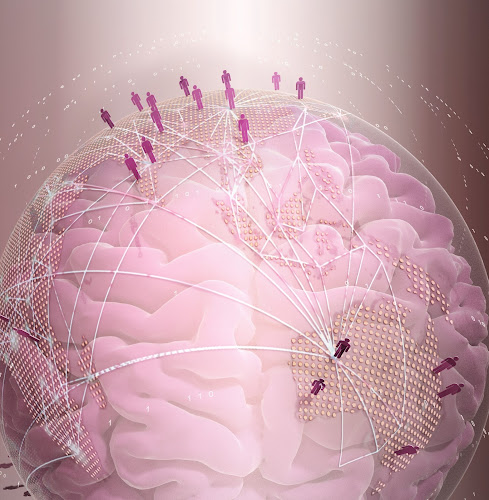 |
| There are varying degrees of orbital eccentricity around a central star. Credit: NASA/JPL-Caltech |
Of all known planets, Earth is as friendly to life as any planet could possibly be — or is it? If Jupiter’s orbit changes, a new study shows Earth could be more hospitable than it is today.
When a planet has a perfectly circular orbit around its star, the distance between the star and the planet never changes. Most planets, however, have "eccentric" orbits around their stars, meaning the orbit is oval-shaped. When the planet gets closer to its star, it receives more heat, affecting the climate.
Using detailed models based on data from the solar system as it is known today, UC Riverside researchers created an alternative solar system. In this theoretical system, they found that if gigantic Jupiter’s orbit were to become more eccentric, it would in turn induce big changes in the shape of Earth’s orbit.
“If Jupiter’s position remained the same, but the shape of its orbit changed, it could actually increase this planet’s habitability,” said Pam Vervoort, UCR Earth and planetary scientist and lead study author.
Between zero and 100 degrees Celsius, the Earth’s surface is habitable for multiple known life forms. If Jupiter pushed Earth’s orbit to become more eccentric, parts of the Earth would sometimes get closer to the sun. Parts of the Earth’s surface that are now sub-freezing would get warmer, increasing temperatures in the habitable range.















.jpg)
